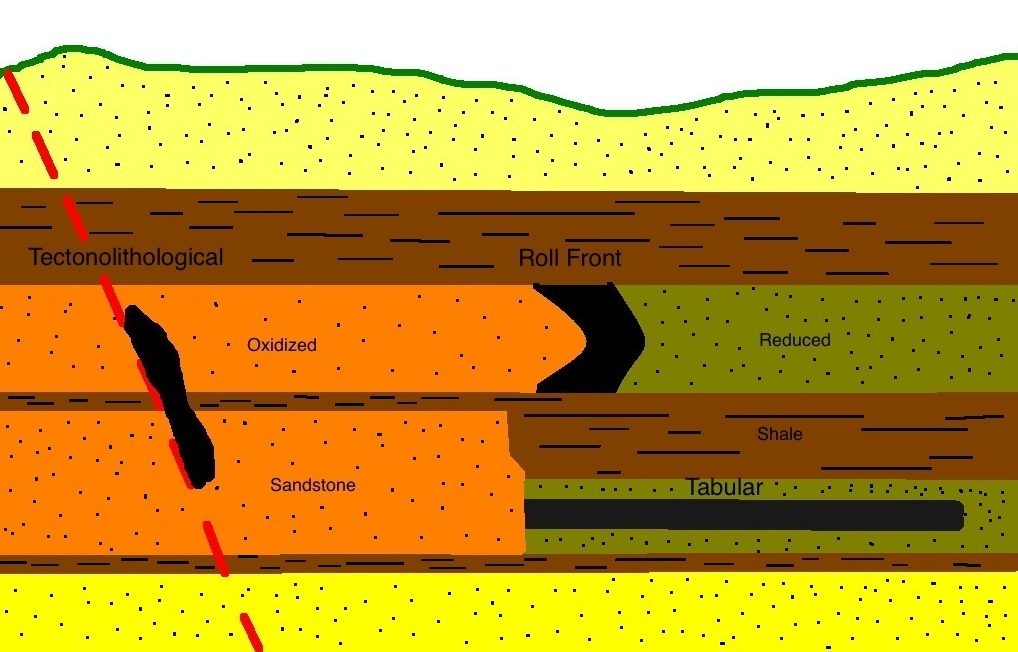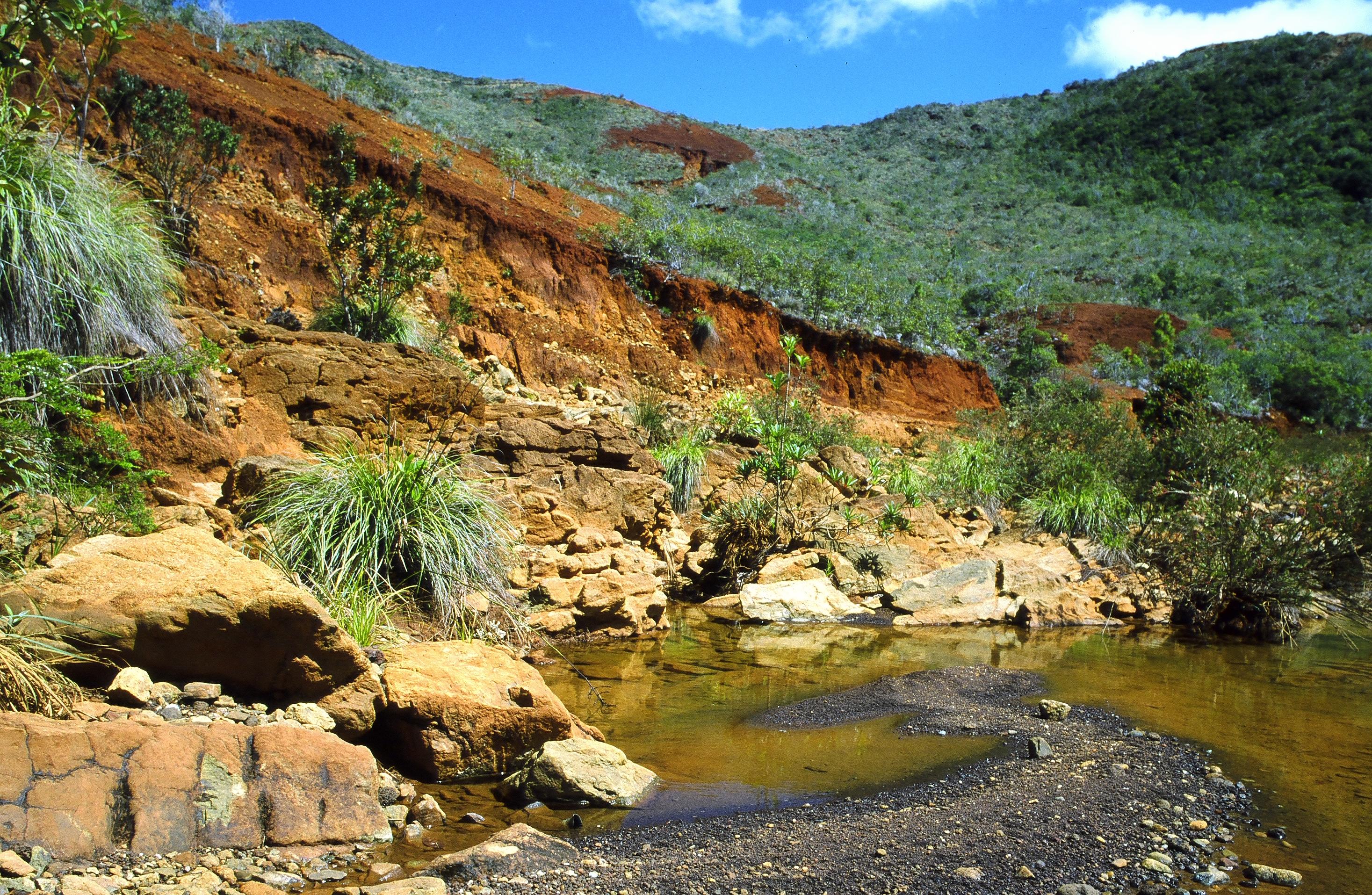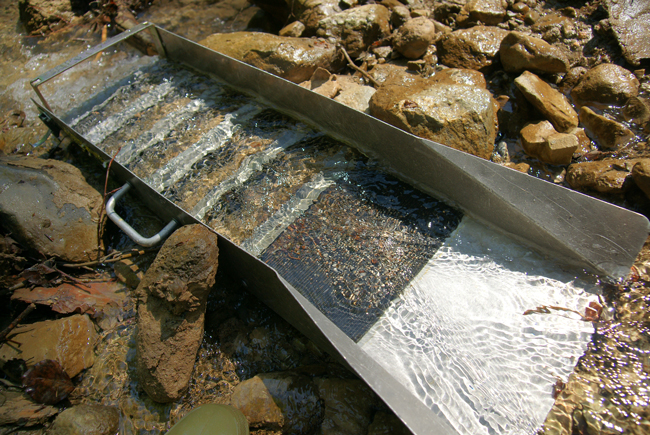There is a lot about diamond exploration that is not widely known and some things that border on secret. (And probably some actual secrets). Peregrine has some experienced diamond people on their project which is a mark in their favor.
[box type=”info” align=”aligncenter” ]Disclaimer: This is an editorial review of a public press release and not an endorsement. It may include opinions or points of view that may not be shared by the companies mentioned in the release. The editorial comments are highlighted so as to be easily separated from the release text and portions of the release not affecting this review may be deleted. Please view original release here.[/box]
VANCOUVER, BRITISH COLUMBIA–(Marketwired – Sept. 9, 2013) – Peregrine Diamonds Ltd. (“Peregrine” or “the Company”) (TSX:PGD) is pleased to provide an update on activities at its 100 percent-owned Chidliak project (“Chidliak” or “the Project”), located on Baffin Island, 120 kilometres from Iqaluit, the capital of Nunavut, Canada. The Chidliak summer exploration program operated by De Beers Canada Inc. (“De Beers”) was completed on August 19. Highlights from this program include the discovery by De Beers of two new kimberlites and the discovery of a kimberlite dyke by government geologists. In addition, possible kimberlite float, which is undergoing final petrographic confirmation by De Beers, was found in numerous other locations.
[box type=”note” align=”aligncenter” ]Peregrine acquired a database of heavy mineral samples gathered from till (glacial sediment) in the high arctic by BHP. Since certain heavy minerals are known to be associated with diamond-bearing kimberlite pipes, Peregrine was able to correlate the indicator mineral sample locations with ancient glacial ice-flow indicators to locate the kimberlite(s) from which they were eroded. This is something akin to following a trail of “bread crumbs” in order to find the bread – although much more expensive.
The “float” they refer to are simply loose rocks on the ground which are interpreted to have been broken off from larger kimberlites and moved by glaciers.
A kimberlite dike is a vein-like sheeted intrusion of kimberlite, as opposed to a kimberlite pipe which a larger remnant of an ancient volcano. [/box]
As reported on April 23 and June 5, 2013, Peregrine collected a bulk sample weighing approximately 508 wet tonnes from the CH-6 kimberlite by surface trenching. Approximately 470 wet tonnes of this sample has been transported from Iqaluit to the De Beers dense media separation (“DMS”) facility in Sudbury, Ontario. Approximately ten wet tonnes of kimberlite was processed at the Saskatchewan Research Council (“the SRC”) in July and the approximately 28 wet tonnes of kimberlite material that remains in Iqaluit will be shipped to Sudbury this month. Processing of approximately 250 wet tonnes of the bulk sample by DMS is scheduled to commence in late September at the De Beers DMS facility. This processing will be performed by De Beers and is expected to yield a heavy mineral concentrate weighing approximately 1.8 dry tonnes. Final diamond recovery from this concentrate will be managed by Peregrine and will be undertaken at the SRC. The final diamond recovery process will be initiated upon De Beers delivering to the Company notice of their decision regarding their right to enter into an earn-in and joint venture agreement for Chidliak.
[box type=”note” align=”aligncenter” ]Consider that a carat is 0.2 grams or 0.007055 ounces and the Diavik “high grade” diamond mine in Canada’s arctic produces less than 3 carats per tonne. Huge samples are needed in order to determine the potential economic value of a kimberlite, which is why the 500+ tonne sample is so large. The sample will be dried and the “heavy minerals” concentrated. The diamonds will then be separated and assessed.[/box]
The De Beers summer exploration program at Chidliak included the evaluation of priority geophysical anomalies by prospecting, orientation geophysical surveys, and bedrock and surficial mapping. During the course of the program, De Beers field teams discovered two new kimberlite occurrences and numerous occurrences of possible kimberlite float requiring additional work before being confirmed. The first confirmed discovery is a kimberlite dyke approximately one metre wide associated with a circular magnetic anomaly with an estimated surface expression from ground magnetics of approximately 0.5 hectares. At the second site, kimberlite float was found associated with a circular geophysical anomaly that has an estimated surface expression from airborne magnetics of approximately 0.5 hectares. Concurrent with the De Beers Chidliak exploration program, the Canada Nunavut Geoscience Office (“CNGO”) conducted a bedrock and surficial mapping program over a portion of the Hall Peninsula of Baffin Island. During the course of their fieldwork, the CNGO reported the discovery of a new kimberlite dyke on the Project. In total three new confirmed kimberlites have been discovered in 2013 bringing the total number of kimberlites at Chidliak to 64.
[box type=”note” align=”aligncenter” ]Kimberlites can contain magnetic iron oxides such as magnetite and ilmenite. An airborne magnetic survey for kimberlites would look for a small circular magnetic anomaly caused by these minerals. Depending on the background magnetics they may or may not contrast from the host rock. [/box]
De Beers completed ground geophysical orientation surveys over twelve known kimberlites using the following methods: gravity, electromagnetics, ground penetrating radar and magnetics. The results from these surveys will be used to determine the most effective geophysical technique for discovering additional kimberlites in future exploration programs. To date initial results from the gravity surveys have been reviewed by Peregrine and indicate that most of the known kimberlites that were surveyed have a strong gravity response. Prior to this year, no gravity surveys had been executed on the Project. Peregrine believes that gravity could play a key role in future kimberlite discoveries at Chidliak. A complete summary of the summer exploration program, including confirmation of additional kimberlite discoveries, and results from the other geophysical surveys will be provided after all information from the program has been evaluated by Peregrine.
[box type=”note” align=”aligncenter” ]When you’ve got the money, you can try a lot of things. They have and they are trying just about every remote sensing and geophysical method known.
When exploring for base metal deposits (see VMS or MVT deposits) you look for a strongly conducting gravity high which would indicate a electrically conductive heavy mass (i.e. metals). When looking for kimberlites you are looking for the opposite: A low gravity, non-conductive body.[/box]
Approximately 470 wet tonnes of CH-6 bulk sample material is now stored at the De Beers DMS facility in Sudbury, Ontario. De Beers will commence processing approximately 250 wet tonnes of this material in late September, monitored by a Qualified Person designated by Peregrine. Final diamond recovery at the SRC, which will also be monitored by a Qualified Person designated by Peregrine, will commence after De Beers provides Peregrine notice of their decision regarding their right to enter into an earn-in and joint venture agreement for Chidliak. Final results, including independent diamond valuations, are expected early in the second quarter of 2014. Peregrine’s objective is to utilize these results, together with geologic and diamond content information acquired from core drill programs in 2009, 2010 and 2011, to develop a preliminary revenue model and establish an intial resource for CH-6. The remainder of the bulk sample will be processed at a later date. The DMS processing and diamond recovery costs for the 250 tonne sample will be credited to De Beers’ earn-in should they exercise their option to enter into a joint venture with Peregrine for Chidliak. In the event De Beers elects not to exercise their option, Peregrine is not required to reimburse them for these costs.
[box type=”note” align=”aligncenter” ]De Beers is paying the bills right now and has an option to buy a majority of the project if they like what they see. If they do buy in, they will get credited for what they have spent. I think Peregrine likes to use the word De Beers as often as they can in their news releases. DeBeers! [/box]
In order to optimize the flow sheet for DMS processing of the CH-6 bulk sample, ten wet tonnes of kimberlite material were processed by DMS at the SRC in July. Hoard Coopersmith, Peregrine’s external Qualified Person for sample processing and diamond recovery stated, “The CH-6 sample material processed very well and we expect no processing problems and optimum diamond liberation”. The concentrate that resulted from the processing of this sample is securely stored at the SRC and will be combined with the concentrate that will be produced at the De Beers DMS facility in Sudbury from the initial 250 tonne sample. All the concentrate will undergo final diamond recovery at the SRC which will be monitored by Peregrine.
Mr. Alan O’Connor, Professional Geologist, Peregrine’s Chidliak Project Manager, is a Qualified Person under National Instrument 43-101 and is responsible for the design and conduct of the programs carried out by the Company at Chidliak, including the collection of the CH-6 bulk sample. Mr. Howard Coopersmith, an independent consultant to the diamond industry, is Peregrine’s external Qualified Person for sample processing and diamond recovery.
Messrs. O’Connor and Coopersmith have reviewed this release and approve of its contents.
[box type=”note” align=”aligncenter” ]Over time one becomes accustomed to specific deposit types in familiar terranes. While geologists know the basics of most deposit types, there are few geologists out there who know enough about diamond deposit geology and diamond exploration to manage a program such as this. A geologist who has never worked in the north, for example, might have no idea how to properly undertake a till (glacial sediment) sampling program. Yet any number of qualified professionals could still be considered “Qualified Persons” for the purposes of technical reporting.
The point?
It’s worth paying attention to the Qualified Persons attached to a project. There is a lot about diamond exploration that is not widely known and some things that border on secret. (And probably some actual secrets). Peregrine has some experienced diamond people on their project which is a mark in their favor.[/box]
ABOUT PEREGRINE DIAMONDS
Peregrine is a diamond exploration and development company focused on Canada’s North. The Company has discovered two new diamond districts in Nunavut, Nanuq in 2007 and Chidliak in 2008. At its 100 percent-owned Chidliak project, located 120 kilometres from Iqaluit, the capital of Nunavut, 64 kimberlites have been discovered to date, and Peregrine collected a bulk sample weighing 508 wet tonnes from the CH-6 kimberlite in 2013. A 14.11 tonne sample of drill core acquired from CH-6 in 2010 returned a grade of 2.84 carats per tonne. The Project is subject to an option agreement with De Beers whereby De Beers has the exclusive right until December 31, 2013 to enter into an earn-in and joint venture agreement for Chidliak on a 50.1 percent De Beers / 49.9 percent Peregrine, basis. At its 72 percent-owned, nine hectare DO-27 kimberlite in the Northwest Territories, located 27 kilometres from the Diavik Diamond Mine, a NI 43-101 compliant mineral resource of 18.2 million carats of diamonds in 19.5 million tonnes of kimberlite at a grade of 0.94 carats per tonne, which is open at depth, was confirmed in 2008. Peregrine also continues to evaluate earlier stage diamond exploration projects it controls in Nunavut and the Northwest Territories and through comprehensive evaluation of its extensive and proprietary diamond exploration databases, is working towards discovering new diamond districts in North America. A key asset being utilized in Peregrine’s search for a new Canadian diamond district is a proprietary database acquired from BHP Billiton that contains data from approximately 38,000 kimberlite indicator mineral samples covering an area of Canada of approximately three million square kilometres.
[box type=”note” align=”aligncenter” ]One final point. While there is a lot of talk about carats per tonne, there is no indication of the grade and size of the diamonds collected. Assessing the real value of the project is impossible without knowing the quality of the product being produced. Industrial diamonds are virtually worthless, while large high grade gem quality diamonds can be priceless. While the other operating mines in Canada’s Arctic are producing very high quality diamonds, grades will have to be particularly high for Peregrine in order to offset the enormous costs of doing business in the high Arctic.[/box]
[box type=”success” align=”aligncenter” ]Have a company or release you’d like us to look at? Let us know though our contact page, through Google+, Twitter or Facebook.[/box]






